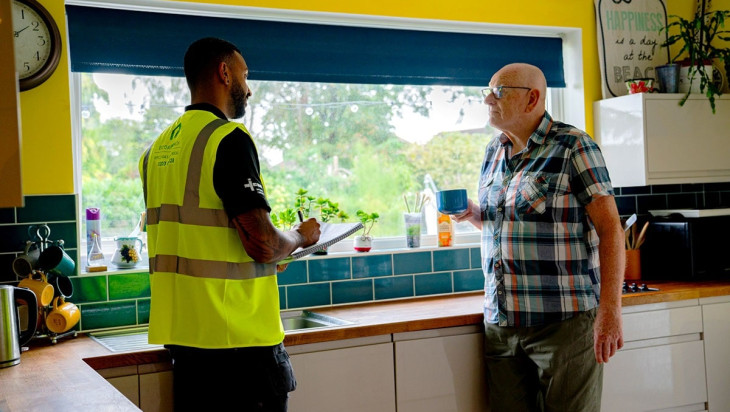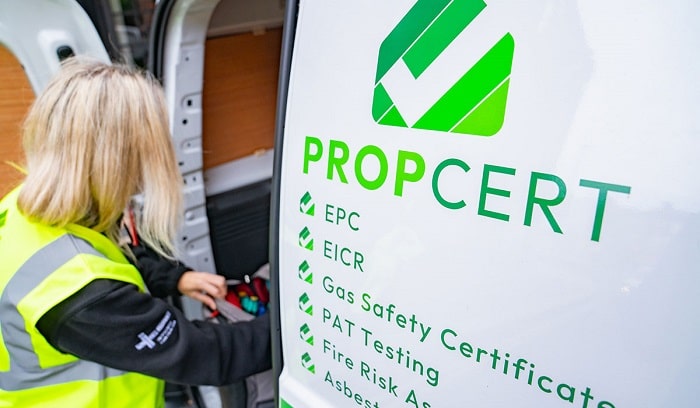
Dizziness, headache, or fatigue are common symptoms of a cold or flu, but they may not always be the sole reason. Another seriously dangerous possibility might be Carbon Monoxide Poisoning. A cold or flu is a viral infectious disease, mainly associated with cold weather, whereas CO Poisoning is caused by inhaling an excessive volume of carbon monoxide gas. Moreover, CO poisoning can be a serious occurrence, potentially leading to loss of life, whereas Cold is less risky.
Since some of the symptoms of both cold and CO Poisoning are quite identical, one must be able to differentiate between them. The matter is even more serious and alarming, as a delayed response in the treatment of carbon monoxide poisoning might be fatal.
Hundreds of cases of carbon monoxide poisoning are reported each year, which were initially presumed to be the common seasonal flu or cold. The confusion arises due to the similarity in some apparent conditions of a patient, whether caught by a cold or CO poisoning. That makes it crucial to get necessary awareness of the typical differences between the symptoms of a normal cold or flu, and those of a serious case of CO poisoning.
A Normal Cold is a viral infection that hits the nose and throat. In medical terminology, the specific virus causing the cold is known as "rhinovirus." A more critical type of Cold can also be caused by "coronavirus," but its symptoms are more typical, which often differ from the common cold. It is a seasonal viral disease that typically appears during cold weather.
A patient affected by a cold may experience one or more of the following conditions:
Although the conditions of Cold might be pretty disturbing, it does not pose any immediate risk or threat. Under normal circumstances, cold does not need a special medical treatment and often cures itself within 7 to 10 days. However, sometimes it may be prolonged due to some complications, where you may need to consult a doctor, but overall, a cold is not a severe problem.
On the other hand, cold is a contagious disease as well. It can spread to other persons through the air when an affected person sneezes or coughs near a healthy person. It can also be transmitted to others by touching a contaminated surface. To avoid the spread of this virus, the affected person should wear a mask.
Carbon Monoxide Poisoning is caused by inhaling an excessive amount of Carbon Monoxide (CO) gas. CO is a colorless, tasteless, and odorless gas, which is mainly generated through the incomplete combustion of fuel, such as natural gas, oil, coal, and wood. The major sources of CO gas in any household include:
Without going into technical details, the process of CO poisoning can be explained as replacing oxygen in human blood. When CO is inhaled or a person is exposed to carbon monoxide for a prolonged time, delivery of oxygen to the body tissues is drastically reduced, which may lead to instant death. Typical symptoms appearing in a person affected by CO poisoning may include one or more of the following:
Symptom / ConditionCold or FluCO PoisoningCauseRhinovirusExposure to an environment with carbon monoxide through inhaling it in excessive volumeOnsetIt would take a few days to appearInstantly appears and tends to worsen rapidly, if not taken care ofContagiousYesNoRunny NoseA common symptom Not a common symptom Stuffy NoseCommonly happensNot a common symptomFeverOften happensRarely happensCoughVery commonNot occursHeadacheVery common but may remain mildVery Common. May get severe and persistentMuscle acheVery commonDoes not happenLightheadedness or DizzinessNot so common, but it often occursVery commonNausea and vomitingNot so commonFrequently occursShortness of breath or difficulty in breathingRarely happensVery common Loss of Memory or ConfusionDoes not happenEvery possibility of occurrenceCherry Red SkinDoes not happenHappens in a severely affected patientSymptoms disappear or improve when the patient is taken outside in fresh airNo changeMay improve rapidly

The primary cause of confusing cold or flu with CO poisoning is the similarity and overlapping of initial symptoms, such as tiredness, weakness, and, more importantly, dizziness. While CO poisoning is more common during the winter season, it is also more likely to occur during this time. The reason behind the scenario is that people tend to spend more time inside their homes during the cold weather. Doing so may expose them to the potential accumulation of carbon monoxide gas. Moreover, this is the time when the heating system is in use at its peak, and there is every likelihood of the generation of CO gas.
Although in the case of CO poisoning, immediate medical assistance is crucial, you can instantly check whether it is a cold or CO poisoning. A simple test can instantly check the main difference between a cold and CO poisoning.
While the conditions generally improve in the case of a cold, by taking rest or common medicines, the symptoms of CO poisoning cannot be relieved by doing so. On the other hand, the conditions may improve if the person affected by CO gas is taken outside into fresh air.
Once it is established that the people are suffering from CO poisoning, not from a cold, the following steps should immediately be taken to avoid further damage:
Remember: The impact of carbon monoxide poisoning may recur after a delayed time. Normally, a delayed impact often appears on the heart or brain. So, it is highly recommended to get the affected people checked by a qualified medical specialist.
Carbon monoxide is potentially a dangerous gas for human health. A person affected by Carbon Monoxide Poisoning might be at risk of losing his/her life. That makes it highly important to get awareness of the symptoms that point towards CO poisoning. However, the problem is that quite a few of the initial symptoms of a cold or the flu are similar to those of CO poisoning. Hence, it is often tricky to decide whether it is a cold or CO poisoning.
The main difference between the two is that the symptoms of CO poisoning may improve if the affected person is taken away from the building and exposed to fresh air. Another difference between the two is that a cold may disappear automatically within a few days, even without formal medication, whereas the symptoms of CO poisoning rapidly worsen if immediate remedy is not administered. More importantly, you need to ensure that proper precautionary measures are in place so that the possibility of CO poisoning may be avoided.
Fill the required information to order a gas safety certificate instantly.
Are you curious about your Gas Safety Certificate? With these simple steps, learn how to check its status and ensure your peace of mind.
Find out why your boiler is vibrating loudly. Explore causes, troubleshooting tips, and the importance of prompt repairs for a quiet and efficient heating system at home.
Gas engineers perform a gas safety check to ensure your gas appliances are safe. Read to learn what more you can expect from the gas safety check.
Learn about the importance of gas safety certificates for landlords and the legal consequences of not having a valid certificate.
Know your tenant rights: How long can a UK landlord leave you without hot water? Stay informed, assert your rights.
Every landlord in the UK is legally bound to follow gas safety regulations as per the Gas Safety (Installations and Use) Regulations 1998.
Fill out the following enquiry form and we will contact you as soon as possible.